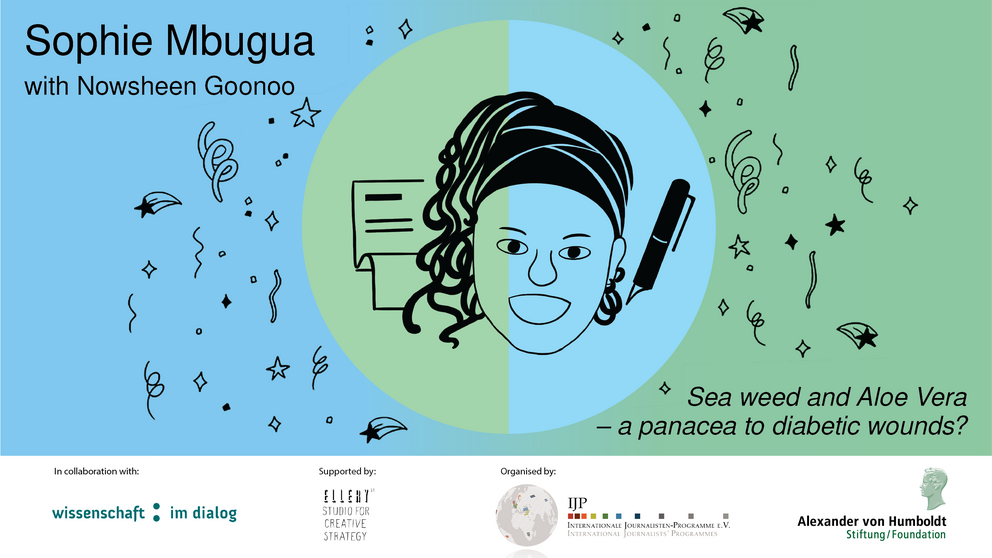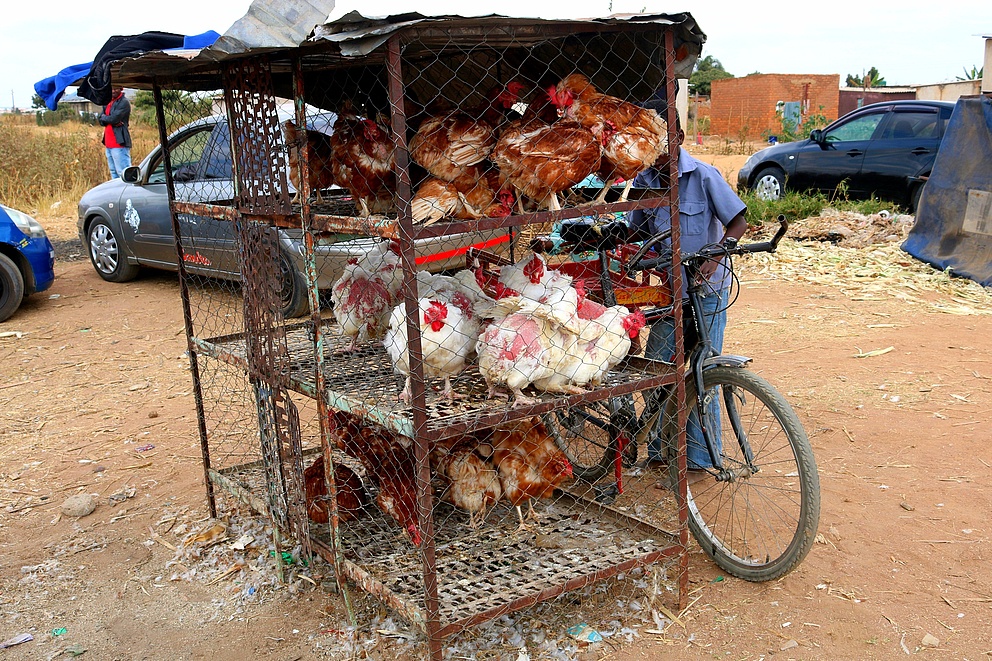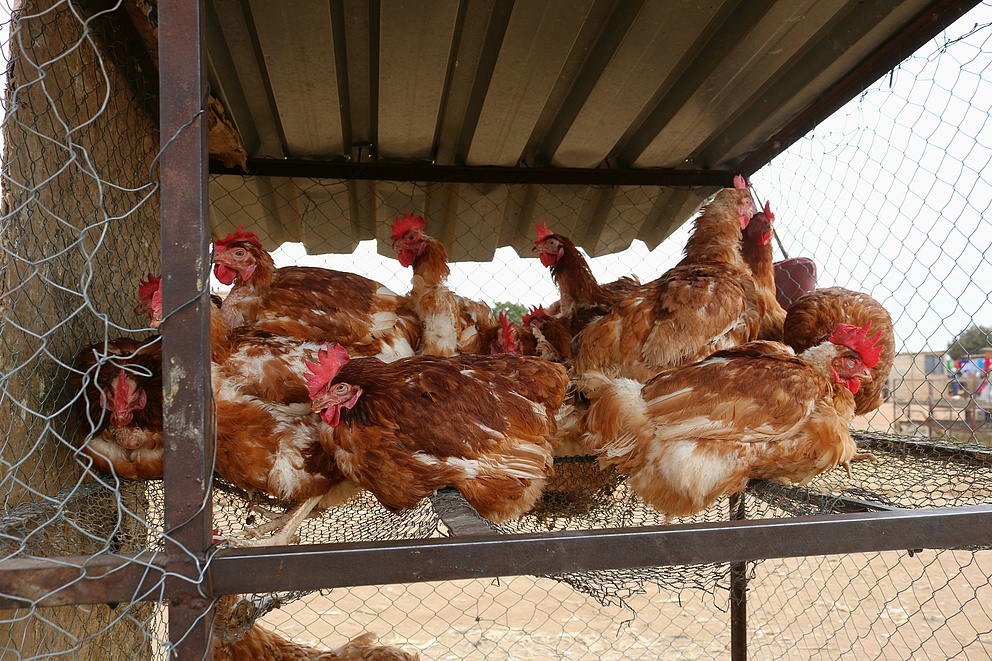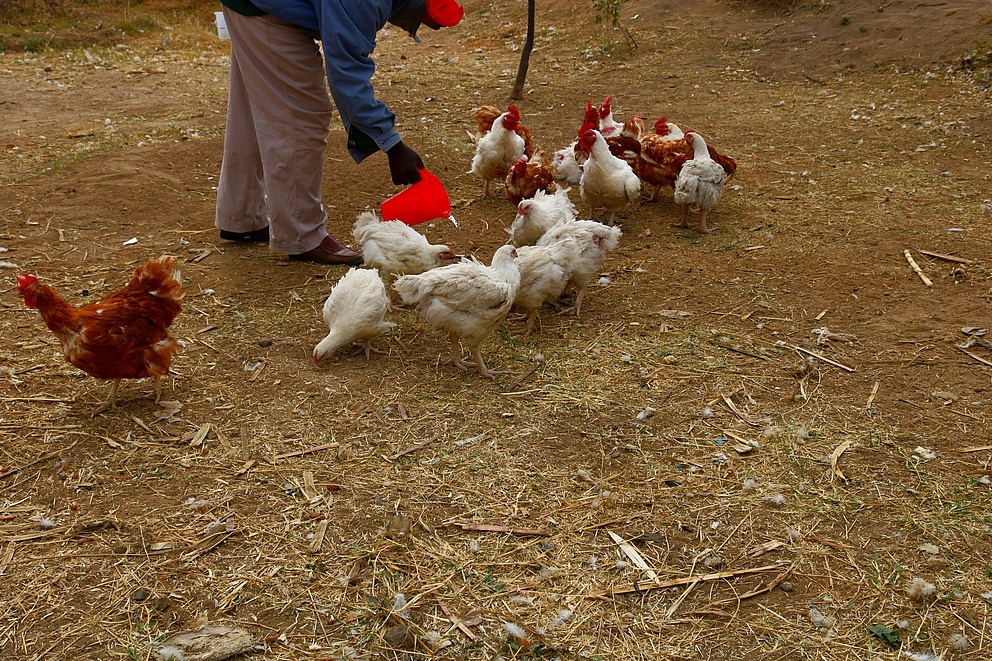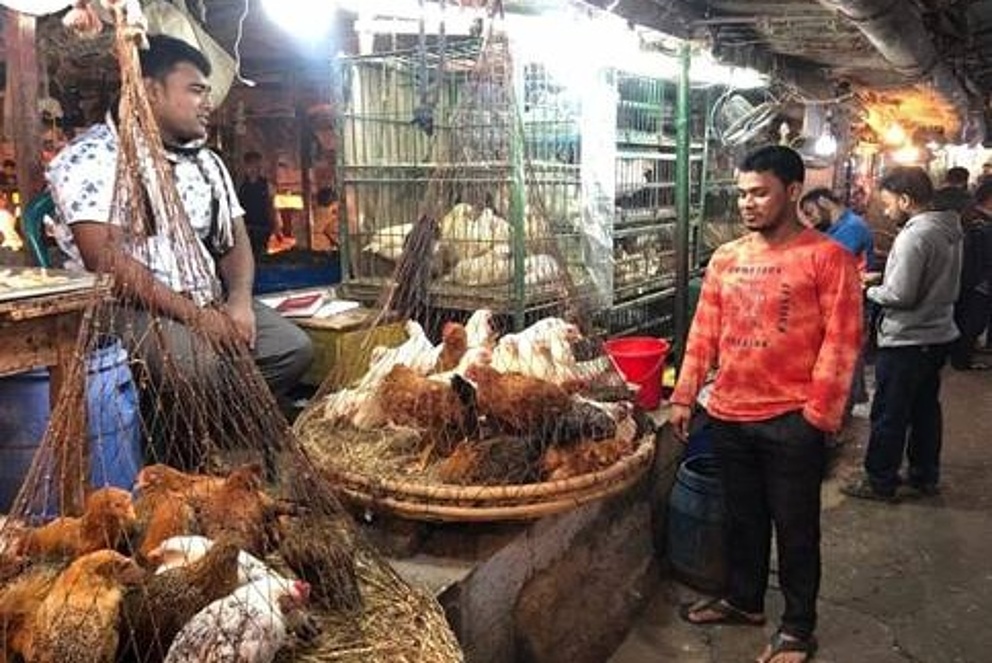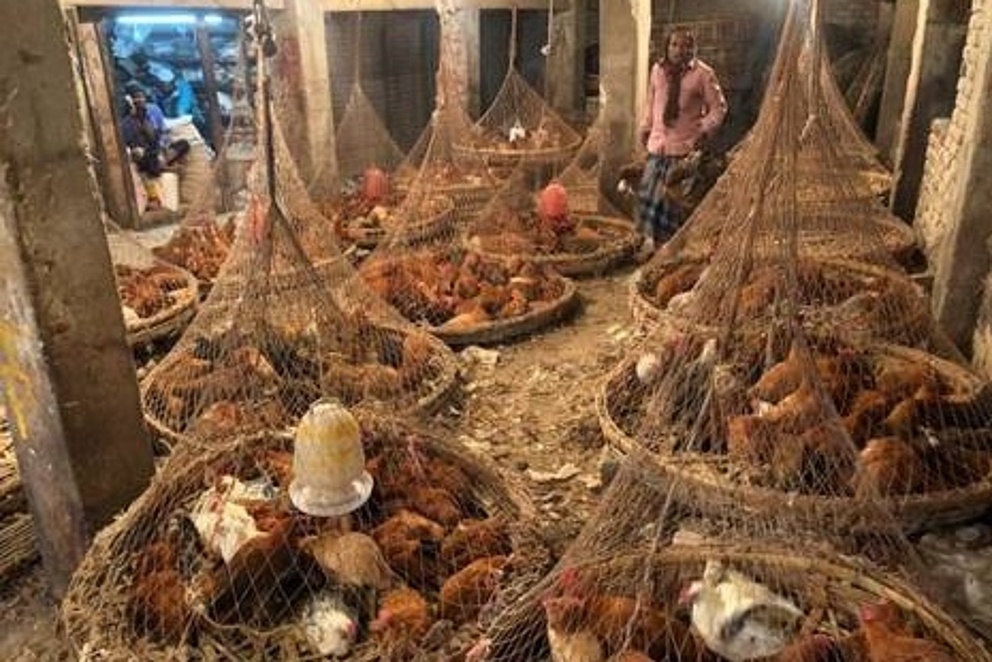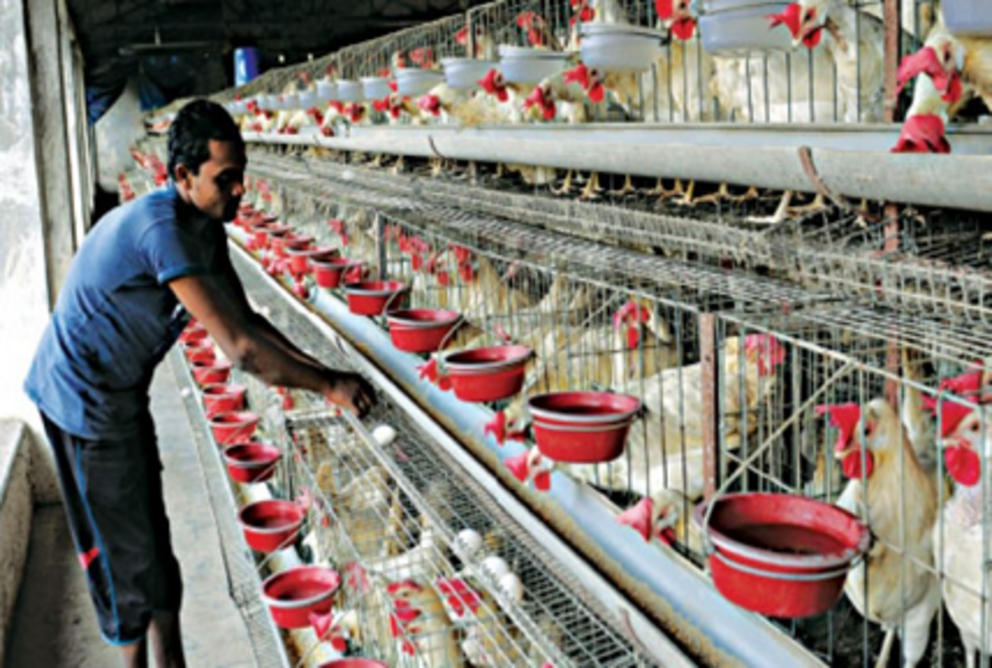Jump to the content
- {{#headlines}}
- {{title}} {{/headlines}}
Com Lab Prize Winners
Three of the ten works of journalism developed during the Communication Lab for Exchange between Research and Media have been selected by the Alexander von Humboldt Foundation and the International Journalists’ Programmes to receive a cash prize of €500.00 each. The selected works stand out for their originality in the form and choice of the medium used and for their successful interweaving of scientific facts and story. The jury also decided to award a special prize to a fourth project from the June 2020 round.
Susan Valot for "From Curious Kid to Virologist"
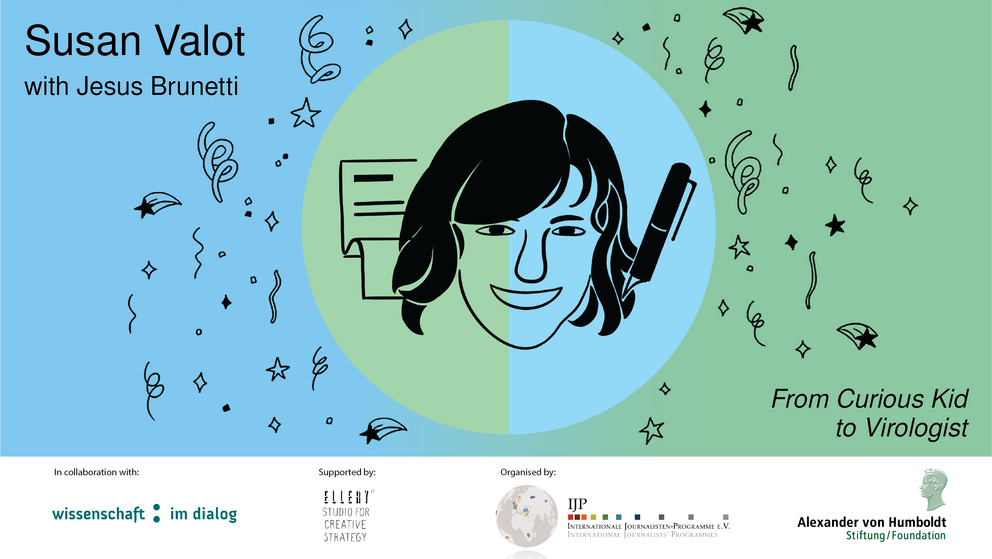
The Californian journalist Susan Valot tells the success story of the Argentinian virologist Jésus Brunetti. Valot’s project recounts how the young researcher, who grew up in a desolate part of Buenos Aires, through his research on the Junín virus found a field of work that was not only important for society and personally satisfying but also provided a way for him to break the bonds of poverty. With her choice of format, the author adeptly taps into the usage behaviour of young media consumers. The multimedial structure of her multimedia format allows its young target audience to choose between various story lines. As a result, this format brings young people click-for-click into interaction with the Argentinian virologist’s career and focus of his research. With her informal tone, the author also addresses her target group in the way it communicates. With this original approach she succeeds imparting an understanding to a young audience of the importance and value of childlike curiosity, the urge to explore and discover through research, and science.
Sophie Mbugua for "Sea Weeds and Aloe Vera – A Panacea to Diabetic Wounds?"
Using all the tools in radio journalism, Kenyan journalist Sophie Mbugua draws her listeners into her radio report “Sea Weeds and Aloe Vera – A Panacea to Diabetic Wounds?” - How can affordable wound dressings be produced for millions of diabetics? Taking the listeners to the settings and letting individuals tell the story, Mbugua weaves together the hard facts underlying a global problem with a human-interest story. She deftly incorporates the research being done by Humboldtian Nowsheen Goonoo who is working on an affordable, sustainable and biologically degradable wound dressing based on natural resources from her native country Mauritius. The result is an outstanding radio report that draws attention to the connection between local knowledge and a global problem.
Kennedy Nyavaya for "Of hunger, poverty and zoonosis in developing countries (…how science could help plug the gap)"
Live chickens jostle each other, side by side, in a basket covered with netting to prevent them from flying away. The vendor at the stand is waiting for customers. The print report by Kennedy Nyavaya takes us to a marketplace in Harare, close to poultry farms on the outskirts of Zimbabwe’s capital. This scene could however also take place in Bangladesh or elsewhere. Improper raising and handling of poultry poses a hazard not only for animal and human health but also for the economy and food supply of entire social strata, particularly in threshold and developing countries. Nyavaya powerfully links scientific information about zoonotic diseases, which were provided by the Humboldtian and veterinarian Professor Rokshana Parvin, with sections of vivid reporting.
Text by Kennedy Nyavaya
A group of poultry vendors jostle to market their products, in complete defiance of government’s recommendation to maintain social distancing and curb the spread of covid19, whenever a possible customer walks by.
Located on the roadside, a livestock market that sits opposite the entrance to giant poultry industry- Irvines- is one of many dotted across Hopley Farm, on the outskirts of Harare.
The selling of live chicken, mainly sourced from Irvines, is brisk business as other protein alternatives like pork and beef have become too expensive for most local families.
However, these efforts to earn financial sustenance by the sellers or food security for the customers come with a veiled risk of exposure to zoonotic diseases in the largely unregulated poultry supply chains.
Sitting at one of the makeshift stalls, backyard poultry breeder Ben Chauke is ecstatic that his stock is almost sold out by midday.
“This is my only source of livelihood and on days when I get profits like this, it is enough for me and my family,” he told this reporter.
His excitement goes beyond the fact that his stock has sold well but the fact that it happened without him having had to fork out a fortune on costs for vaccination and other medication.
“A poultry business is good except when chicken get sick with various types of diseases that can claim up to 40 from a group of 100 chickens unless we invest well into medication,” said Chauke.
“It also usually depends on how well one cleans the hen house and whether they are getting enough heat or not because they need care and protection similar to that of humans.”
Small scale farmers like him are gamblers when it comes to animal health yet the little space they have for breeding compromises on hygiene, leading to a very high risk of disease spread.
Bangladeshi virologist Rokshana Parvin, who has been conducting research on avian influenza in her country for over a decade, says the mishandling of livestock in informal markets is a serious threat to food supply in developing countries.
“Infectious diseases especially viral diseases among livestock are a major threat to global animal health and welfare so their effective control is crucial for agronomic health, safeguarding and securing national and international food supplies as well as alleviating poverty,” says Parvin.
According to her, avian influenza viruses are now endemic in many parts of the world and “threats from old and new pathogens continue to emerge” with changes to global climate, agricultural practices and demography presenting conditions favorable for the spread.
This is enough reason to always keep update on circulating viruses in any country to avoid spike of disease to pandemic levels she says:
“That (constant research) would further help the society or community to get alert from the emergence of new pre-pandemic strain of the virus.”
According to the International Livestock Research Institute, zoonotic diseases- transmissible either directly or indirectly between animals and humans- are responsible for more than 2.4 billion cases of human illness and 2.2 million deaths per year.
The effects are grimmer in poor communities like most of Bangladesh and Zimbabwe where people have little nutritional options and depend on unsafe sources like backyard bred poultry for protein.
“People have to be educated on how to take good care of their animals and buying from reputable sources because zoonotic diseases are under reported locally,” a local veterinarian who preferred anonymity said.
Without full knowledge on animal health, the country’s disaster preparedness is compromised and the consequences could be far reaching.
“If we are not taking enough care for our animals it means if there is any problem within the animal health system it will also affect humans as they consume these products,” said the expert.
“Also, being an importer of livestock if we do not do is research to check for zoonotic disease in what is coming in, it becomes a big public health crisis.”
In 2017, the country battled with a highly contagious H5N8 bird flu which triggered import bans from other countries in Southern Africa, weighing heavily on local producers. But, unfettered sell of chicken continued within Zimbabwe’s borders.
“A person can never get flu from a chicken but the opposite could be true” says Chauke sarcastically.
Backyard breeders like him are said to sometimes slaughter sick chickens and sell the pieces to avert losses, a phenomenon he partially confirmed.
“There are some customers who can approach me saying they want the dying chickens, at a lower price of course, and there is no where I would refuse that and make a loss,” he revealed.
Ironically, the fear of zoonotic disease spread is more real now more than ever as a result of reports claiming that covid19 emerged from bat consumption in China.
Investigations show that avian influenza H5N1 strain (bird flu) is already endemic in many countries in the world, causing human infections and death.
“It is very much concern among the scientific community, that further mutation and re-assortment events within the circulating H5N1 virus may lead to emergence of a new pandemic strain that could kill more human lives,” said Parvin.
For a country like Zimbabwe conducting little to no research owing to resource constraints, these dangers are more pronounced and compounded by hunger, as half the population is projected to starve this year alone according to the World Food Programme.
There is urgent need for research and relatable ways of communicating how healthy rearing system of the poultry could minimize or limit disease outbreak says Parvin.
“We never should approach the community saying ‘do not eat chicken or duck, they transmit disease’,” she suggests.
“It will give a negative impression to the underprivileged societies or less educated community, rather we should motivate them to use basic hygienic and sanitization methods in the community.”
Meanwhile, whether small scale poultry farmers like Chauke or their customers choose to view the scientific revelations with the importance they solicit remains a mystery but turning a blind eye could be tragic in the future.
Special Award: Mele Pesti for "The Life and Adventures of Brandon B. and Bea P."
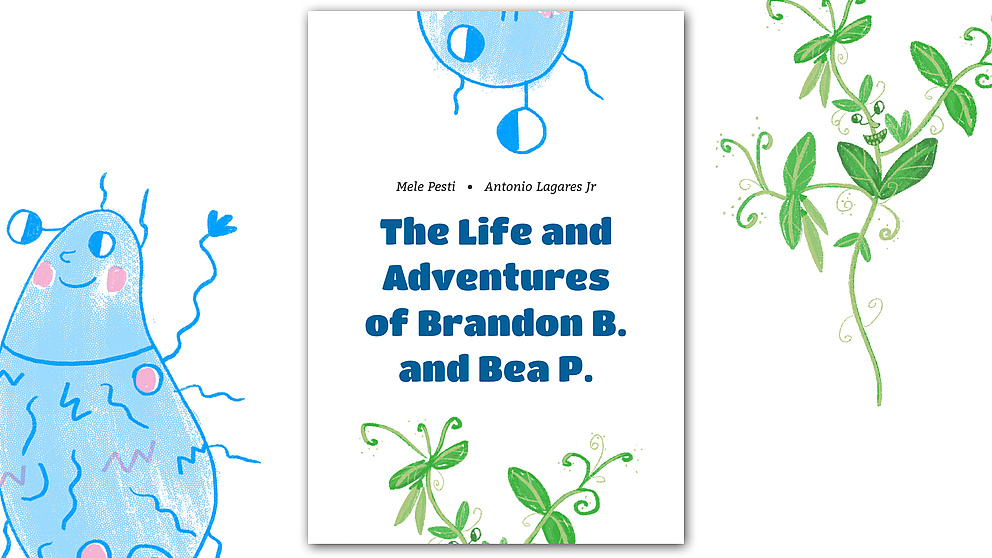
Whether we are talking about the plant kingdom or human beings – vital metabolic processes would not be possible without bacteria. The medium that journalist Mele Pesti chose for conveying scientific knowledge about bacteria is a children’s book, beautifully illustrated and with a fine sense of humour. The author brings to life the fascinating existence of bacterium Brandon B. and his role in symbioses with crop plants like the pea Bea P. Easy to follow and with a rich understanding of the complex biochemical interactions, the book transforms microscopic bacteria into loveable characters that readers – young and old – will long remember.

![[Translate to English:] Das erste Communication Lab for Exchange between Research and Media fand vom 12. bis 16. Juni 2020 als Online-Workshop statt. Die journalistischen Ergebnisse werden in Kürze hier veröffentlicht.](/typo3temp/assets/_processed_/6/4/csm_youtube_c9019b31333897abc6e9a5d1ce9ec930_860ff63600.jpg)
